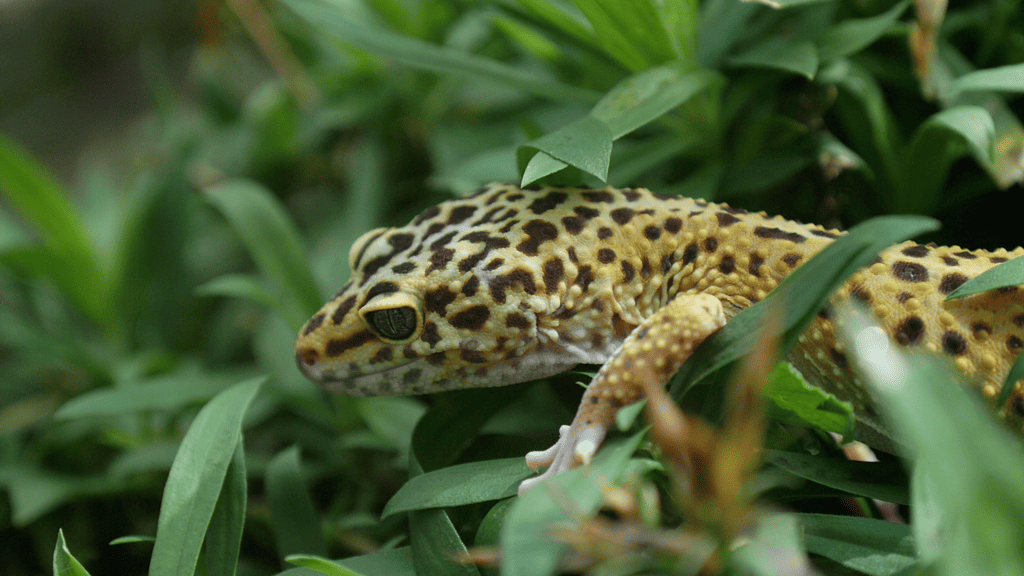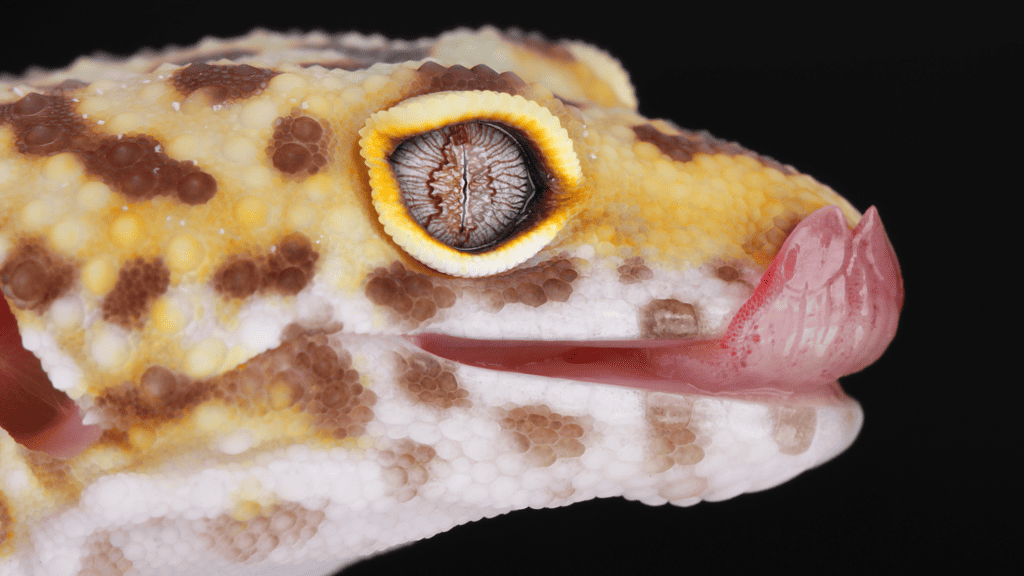A leopard gecko is an exceptional pet. They are trendy around the world. But what about its handling? Are leopard geckos easy to handle?

Yes, leopard geckos are one of the few reptiles that appreciate being handled, but there is a technique/procedure that must be used in order to ensure its contentment. If you are careless with your gecko, you may end up with an irritable or even dangerous creature on your hands.
In general, leopard geckos do not get very enthusiastic when they are handled. However, after you have successfully tamed your leopard gecko and earned its confidence, it will bear handling sessions rather well.
When you are handling your leopard gecko, you must remember to do it slowly and carefully at all times; otherwise, it may stop trusting you. Some leopard geckos, especially older ones with a troubled history, never grow completely accepting of being handled.
It is best to wait until your leopard gecko is at least 3–4 months old or 5–6 inches in length before handling it unless it is absolutely essential. This is because infants frequently experience irritability, their bodies are delicate, and they are more susceptible to losing their tails.
Technique/Procedure to handle leopard geckos
In order to effectively handle your leopard gecko, you will need to be aware of how to do it correctly to avoid dropping it, injuring it, or frightening it. Here is how you can do it!
- Move your hand towards the gecko in a calm and steady motion so it can see your hand. Ensure that it is aware that it is simply your hand moving. While maintaining your grip on the gecko with one hand, carefully slip your fingers beneath its belly.
- It’s best not to squeeze the gecko because doing so might hurt it, make it angry, or frighten it.
- Take care not to drop it when you remove it from its enclosure.
- When you are handling it, you should just let it crawl about on your hand/arm or perch on your arm. Have fun with your new companion.
Behaviors of leopard geckos while handling
Your leopard gecko will let you know how it feels about your handling of it if it is unhappy with it. If a leopard gecko does not want to be approached by you, much alone handled by you, it will screech, chirp, and wiggle its tail horizontally or frequently, raising its tail up.
Additionally, it is able to arch its back and wag its tail in a side-to-side motion. If you hear chirping coming from your leopard gecko, it is a sign that it is feeling anxious or uneasy. It is best to avoid handling your leopard gecko and make an attempt at it at a later time.
Don’t let yourself get frightened or put your leopard gecko back in its enclosure if it bites you while you’re holding it, even if it happens while you’re handling it. Your leopard gecko will become accustomed to biting you in this manner, making it easier for you to handle.
Instead, continue handling your leopard gecko for a few additional minutes, and then place it back in its tank after you finish. It’s possible that handling will make your leopard gecko unhappy for the rest of its life. However, the majority may be made submissive and tame with enough time, care, and treatment. Some leopard geckos can be trained to be quite docile, even to the point where they would sit on their owners’ shoulders and rest in their arms.
How to Establish a Trusting Relationship with Your Leopard Geckos?
Here is how you can do it!
· SMELL
As is the case with most reptiles, leopard geckos rely on their sense of smell to ensure their survival. They are able to identify unfamiliar aromas as such, but familiar aromas are recognized as being, you guessed it, familiar. Give your leopard gecko some time to become acclimated to your scent of you. There are several approaches one might use to resolve this issue. You will be able to handle your Leo more, and although this may seem like an apparent part of “getting your leopard gecko to trust you,” it is essential to keep in mind that you (must) wash your hands thoroughly since your fragrance will be susceptible to the soap you use. Putting anything in the terrarium that has your fragrance on it is an additional strategy you may use to help your leopard gecko get more familiar with its owner’s scent. Think of using anything like an old rag or washcloth, a piece of clothes, or even simply crushed paper towels. Insects are nocturnal creatures, so take care not to remove the item from the terrarium while it still contains crickets.
· FEEDING TIME
If you have a leopard gecko, you are aware of the necessity of providing food for it regularly. That’s not what we have in mind at all! Think about adding some personal touches to the feeding routine and making the most of this quality time with your gecko so that you can earn its trust. When we say this, we mean that the leopard gecko you are feeding should be able to see, hear, and potentially even smell you when you are doing so! Please use tongs to reduce the risk of having your fingers bitten, but remain present while they are foraging!
· TALKING
This piece of advice may strike you as odd or irrelevant, but rest assured that neither of these assumptions is anything close to being accurate. It’s a little strange, but regardless of the circumstances, it is critical that your leopard gecko is able to hear you and become accustomed to recognizing your voice. For instance, when you initially enter the room your terrarium is in, you should get down to the level your gecko is at and greet it. If the lamps are on, there is a good chance they have awakened and observed that someone has entered the room. If this is the case, they will eventually learn to identify the manner that you speak to them. They may be naturally trained in the same manner as other house pets, especially if you talk to them while feeding them. If you do this, you will find that this is especially true. It is important to remember that leopard geckos and other reptiles, often desert species accustomed to living in calm conditions, have an acute sense of hearing.
· HANGING OUT
It is essential to remember that your leopard gecko is crepuscular, so being with them during the middle of the day is the same as having someone hang out with you during the middle of the night! So hang out with them during dawn or dusk.

When should your first attempt to approach your leopard gecko?
After bringing your leopard gecko inside and allowing it some time to adjust to its new environment, you can then begin training it. You won’t be able to start regular handling sessions with your leopard gecko unless you have first effectively tamed it.
In most cases, you can begin handling it three to four weeks after you bring your leopard gecko into your house. Don’t be in a hurry, and allow it some time to grow used to being around you; otherwise, you’ll have to start the process of taming it all over again.
